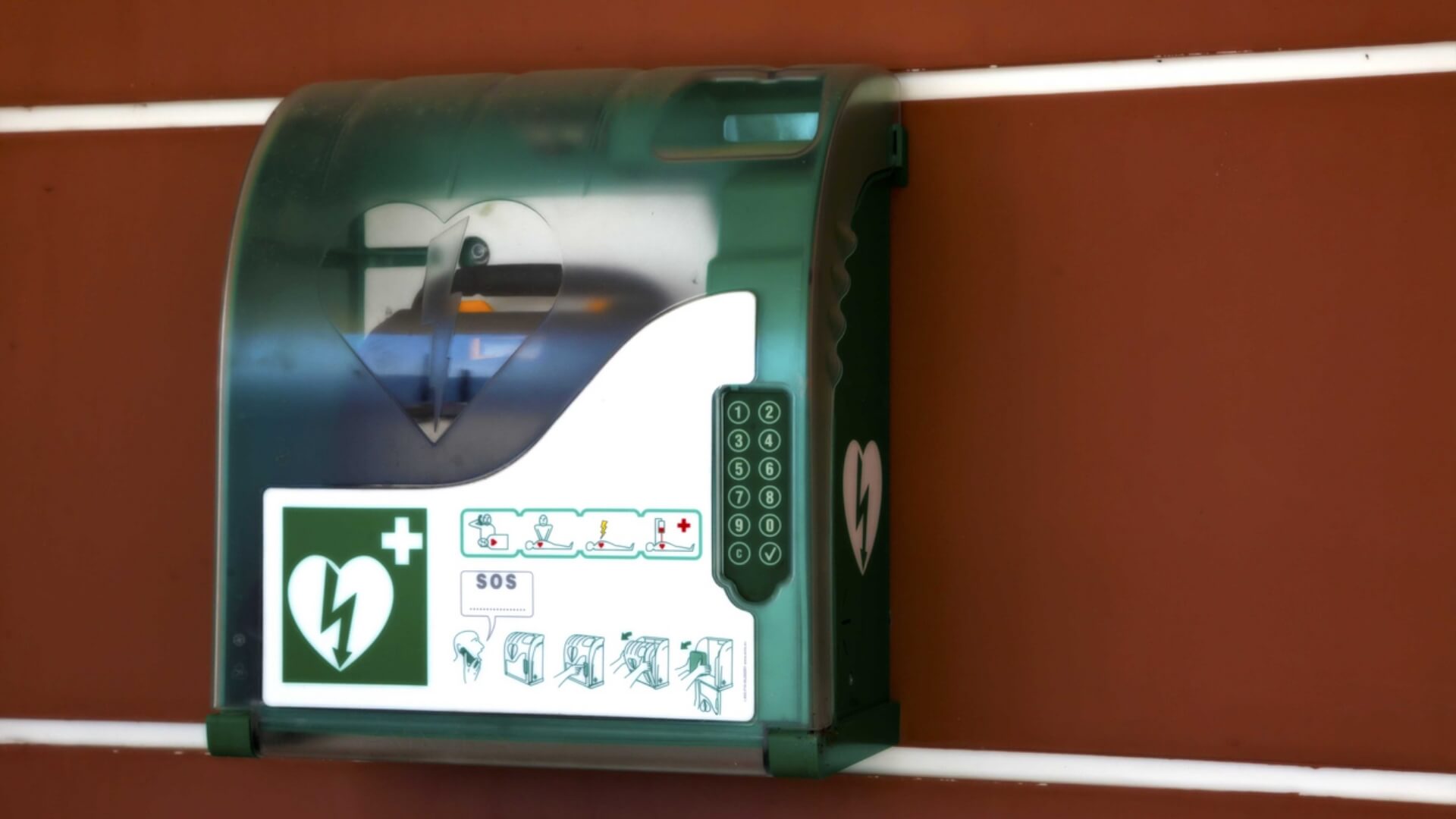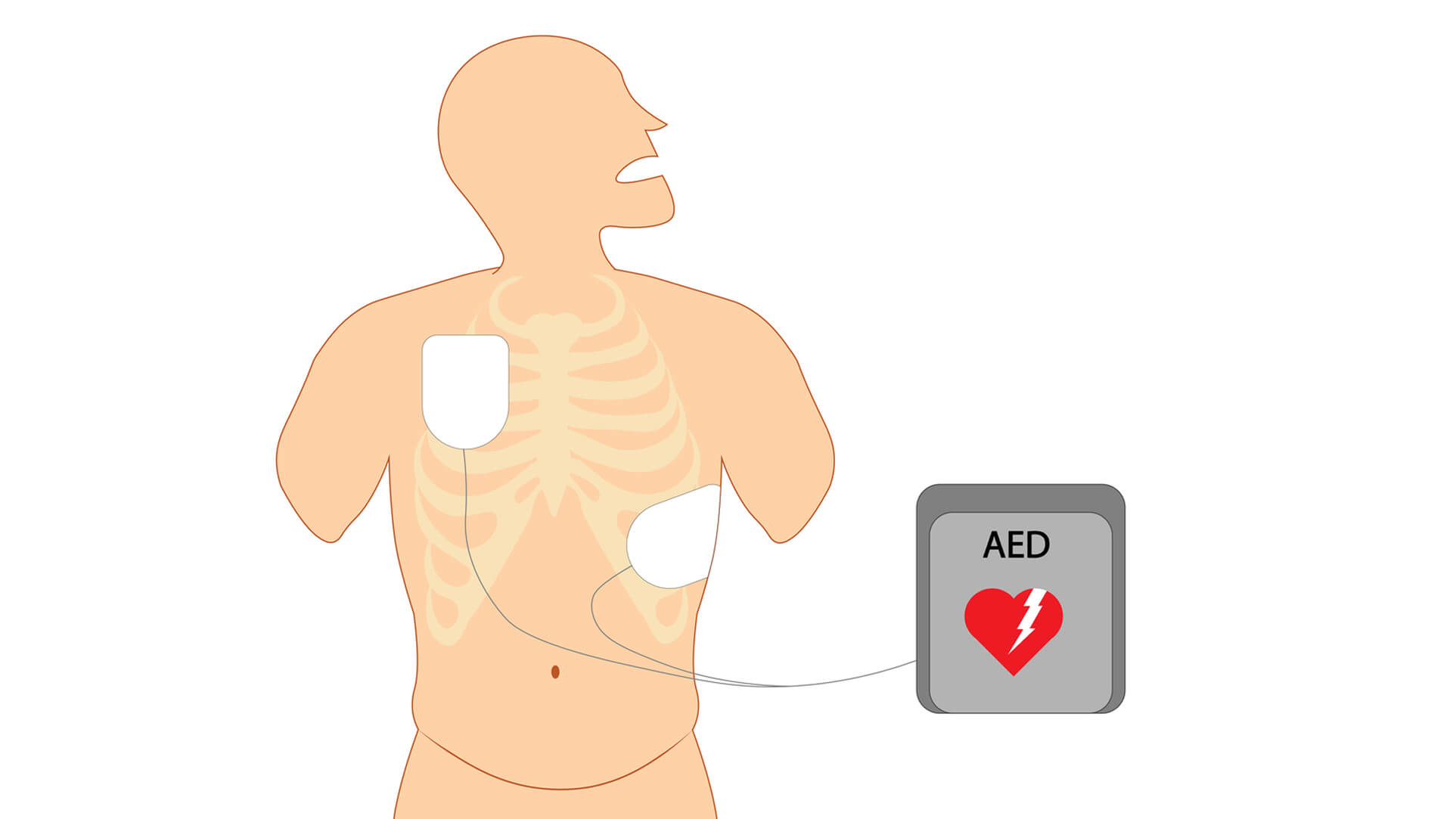-
 Written By
Prabakar Mahalingam
Written By
Prabakar Mahalingam
- Published
The Importance of Basic Life Support for Healthcare Providers in Patient Safety

Basic Life Support (BLS) teaches healthcare workers key skills. They learn to act fast in emergencies that threaten life. BLS training equips providers to manage emergencies effectively. It focuses on cases such as cardiac arrest, blocked airways, and respiratory distress. They learn to perform CPR, use an AED, and manage airway obstructions with confidence. This training is for clinical and non-hospital settings. It prepares responders to act with urgency when lives are at stake.
Every year, hundreds of thousands in the U.S. face cardiac arrest outside hospitals. Sadly, survival rates are still very low. In contrast, patients who receive immediate care within hospitals see better outcomes. The American Heart Association highlights the need for more CPR education. Learning high-quality CPR can significantly increase a person’s chance of survival during emergencies.
Importance of BLS Training for Healthcare Providers
In emergencies, healthcare providers are vital. Quick action can mean life or death. Basic Life Support (BLS) training gives doctors, nurses, and medical assistants essential skills. They learn how to respond quickly during cardiac arrest and other emergencies. BLS certification trains them to provide life-saving care in minutes when it matters.
Healthcare professionals must act without delay in heart emergencies. Their skills in CPR and using an AED can mean life or death. Recognizing early warning signs and responding without delay is crucial. During cardiac arrest, families rely on quick and skilled medical care to save lives.
Ongoing CPR training is vital for healthcare providers. Even with regular patient care, key skills can fade in a few months. Keeping up with ongoing education helps medical professionals maintain high standards. It also keeps them informed about the latest life-saving techniques.
The BLS for Healthcare Professionals provides skills in the following areas:
- In the hospital chain of survival for adults and pediatric patients.
- Performing high-quality chest compressions for victims of different ages (infants, children, and adults).
- The importance of early use of AEDs.
- When and how to provide ventilation effectively using a barrier.
- How to work in rescue teams in providing resuscitation and CPR.
- Relief for victims of choking or airway obstruction of different ages.
The Chain of Survival
The chain of survival shows key steps that boost survival rates in cardiac arrest. Spotting early signs such as chest pain, dizziness, or breathing trouble helps us respond quickly. Victims can collapse suddenly, so quick action is crucial. Effective CPR can greatly improve survival chances.
The concept of “CAB” applies to basic life support.
The CAB method—Compression, Airway, and Breathing—is key to basic life support. It highlights the need to begin chest compressions right away. Acting quickly is key. Check for a pulse within 10 seconds. The American Heart Association says this can increase a patient’s survival chances.
When someone is unresponsive or gasping for air, it’s safest to begin CPR immediately. Taking swift action can significantly enhance their chances of survival. The risk of harm is low, even if CPR isn’t needed. Waiting to check for breathing can slow down lifesaving actions. This is a big problem for those who lack medical training.
High-quality CPR
CPR plays a critical role in keeping someone alive until emergency help arrives. Quick action boosts recovery chances, but the method changes with age. Compression depths differ for infants, children, and adults. Delivering high-quality CPR with the right technique ensures the best chance of survival.
A CPR and AED course gives you important hands-on training. This prepares you to help people of all ages. It shows the right depth, rate, and technique for compression. It also teaches the proper use of an automated external defibrillator. This practical knowledge is essential. It enables life-saving care in emergencies and enhances survival outcomes.
Early Use of the AED
An automated external defibrillator (AED) is key for cardiac arrest treatment. It can swiftly bring back a normal heartbeat. It analyzes the heart’s rhythm and delivers a shock when needed. This helps with life-threatening issues like ventricular fibrillation. Using an AED quickly boosts survival chances. The device is easy to use. Yet, training is key for proper operation, especially during emergencies.
Airway obstruction or choking.
Basic life support training is crucial for healthcare workers. They often face emergencies, such as choking. Delayed treatment of a blocked airway can lead to cardiac arrest. The response depends on the blockage’s severity and the person’s age. Quick action is vital to avoid serious outcomes.
Skills in Teamwork When Providing Resuscitation and CPR
Effective resuscitation needs teamwork. Each member’s skills and actions must unite for a quick and organized response. Without coordination, even skilled efforts lose impact. Basic life support training teaches people their roles in emergencies. This helps teams respond with speed and efficiency when time is critical.
Effective Ventilation When Using a Barrier
Rescue breathing is vital in CPR. In hospitals, bag-mask ventilation works well, like advanced airway methods. Even after resuscitation, ongoing care remains critical, as restoring circulation doesn’t guarantee recovery. Proper post-arrest treatment helps improve the likelihood of survival.
You should ventilate with caution. Too much speed or force can cause problems, such as air getting into the stomach. Proper training is key. It should mix online learning with hands-on practice. This way, healthcare providers can use safe and effective techniques.
Respiratory arrest often occurs before cardiac arrest, making early recognition crucial. If a person has a pulse but isn’t breathing, start rescue breaths right away. This can help stabilize them and lower the risk of complications.
Post-cardiac arrest care
After leaving the hospital, cardiac arrest survivors often face challenges. They may struggle with emotions, physical health, and thinking skills. Healthcare professionals are crucial to recovery. They offer continuous care and support. Their therapies help restore well-being and enhance the quality of life.
After cardiac arrest, specialized care is vital. It helps manage complications and supports recovery. Without it, patients may suffer from brain damage, heart problems, or ischemic injury. Early neurological evaluation is vital, especially since survivors often face cognitive challenges. Infants need close monitoring. This includes checking their temperature, oxygen levels, and blood pressure. Doing so helps boost their chances of recovery.
FAQs
What is BLS certification in the medical field, and why is it important?
BLS certification, or Basic Life Support training, is important in healthcare. It teaches professionals important skills, such as CPR and rescue breathing. They also learn to use an AED. It’s important to act quickly in cardiac or respiratory emergencies. This is vital before advanced medical help arrives.
Why is BLS for healthcare professionals necessary?
BLS is essential for healthcare workers. It gets them ready for emergencies like choking, heart attacks, and breathing issues. These situations need quick action. Proper BLS training helps providers give fast, coordinated, and high-quality care.
What does BLS certification for nurses include?
Nurses get BLS certification. This training covers CPR, rescue breathing, AED use, and airway management. It also includes age-specific care for infants, children, and adults. This helps nurses respond well in different patient situations.
How does BLS training help with post-cardiac arrest care for a BLS patient?
For a BLS patient, the care doesn’t end with resuscitation. BLS training focuses on key support after cardiac arrest. It involves assessing the brain and stabilizing vital signs. This helps reduce long-term complications and supports better recovery outcomes.
What challenges do cardiac arrest survivors face, and how does BLS training help?
Cardiac arrest survivors often deal with cognitive, emotional, and physical difficulties. BLS for healthcare professionals trains providers to spot these issues. This way, they can give proper follow-up care. As a result, the patient’s quality of life improves after discharge.
Conclusion
In conclusion, Basic Life Support (BLS) training is essential for everyone in healthcare. BLS teaches healthcare professionals to recognize early signs of cardiac or respiratory arrest. It prepares them to provide high-quality CPR and follow-up care. This training ensures they can respond with speed and effectiveness. Getting BLS-certified as a nurse, doctor, or medical assistant improves your patient care. It also boosts your confidence in emergencies. Medical emergencies can happen anywhere. So, it’s important to be ready with BLS. This helps protect lives and ensures high-quality care.

